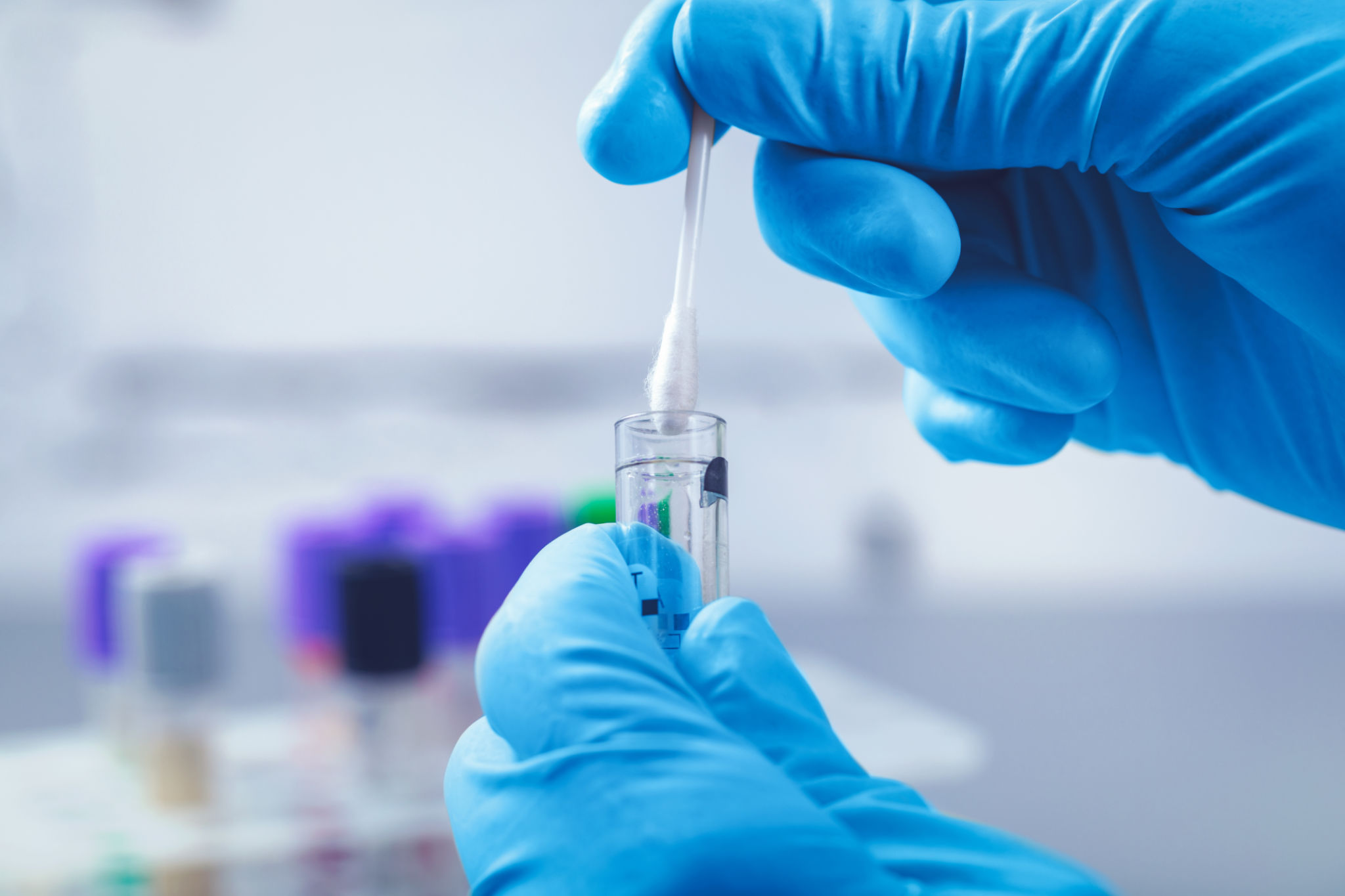How Mobile DNA Testing Works: A Step-by-Step Guide
DB
Introduction to Mobile DNA Testing
In recent years, mobile DNA testing has gained popularity due to its convenience and accessibility. Unlike traditional methods that require a visit to a lab or clinic, mobile DNA testing brings the lab to you. This innovative approach allows individuals to easily access their genetic information from the comfort of their own home or wherever they may be.

What is Mobile DNA Testing?
Mobile DNA testing involves using portable kits that allow users to collect DNA samples at their convenience. These kits are typically small, user-friendly, and come with detailed instructions. They can be used for a variety of purposes, such as ancestry tracing, health risk assessments, and paternity testing.
Types of Mobile DNA Tests
There are several types of mobile DNA tests available, each designed for specific purposes. Some of the most common include:
- Ancestry Tests: These tests help individuals trace their genetic origins and discover their familial roots.
- Health Screening Tests: These provide insights into potential genetic health risks and conditions.
- Paternity Tests: Used to determine biological relationships, particularly between fathers and children.
Step-by-Step Guide to Mobile DNA Testing
Understanding how mobile DNA testing works can help demystify the process. Here’s a step-by-step guide:
Step 1: Order Your Test Kit
The first step involves selecting and ordering a DNA test kit from a reputable provider. Kits are often available online and can be delivered directly to your home.
Step 2: Collect Your Sample
Once your kit arrives, follow the instructions to collect your DNA sample. Most kits use a simple cheek swab method, which is non-invasive and easy to perform.

Step 3: Register Your Kit
Before sending your sample back, it’s important to register your kit online. This ensures that your sample is correctly matched with your personal information, allowing you to receive your results securely.
The Processing Phase
After your sample is collected and registered, it’s sent back to the laboratory for analysis. Advanced technology is used to extract and examine your genetic material, providing detailed insights based on the type of test you selected.

Receiving Your Results
Once the analysis is complete, your results are typically made available online through a secure portal. Depending on the test, you may receive detailed reports that include genetic insights, potential health risks, or ancestral information.
Advantages of Mobile DNA Testing
The main advantage of mobile DNA testing is its convenience. You can collect samples at home without the need for appointments or travel. Additionally, these tests are often quicker in delivering results compared to traditional methods. This accessibility makes genetic testing more approachable for many people.
Considerations and Privacy Concerns
While mobile DNA testing offers many benefits, it’s important to consider privacy implications. Ensure that the company you choose has strong data protection measures in place and a clear privacy policy outlining how your genetic information will be used and stored.
In summary, mobile DNA testing offers an easy and efficient way to explore your genetic makeup. By understanding the process and choosing a reputable provider, you can gain valuable insights into your ancestry or health with minimal hassle.